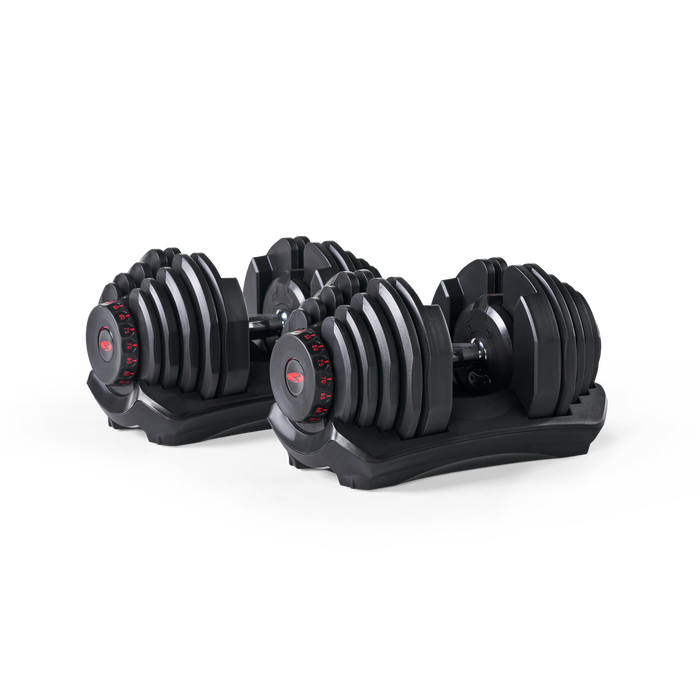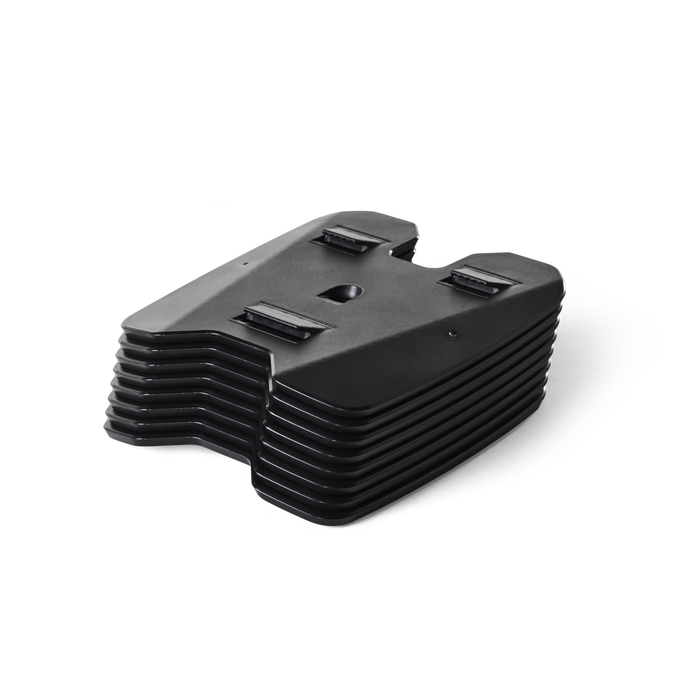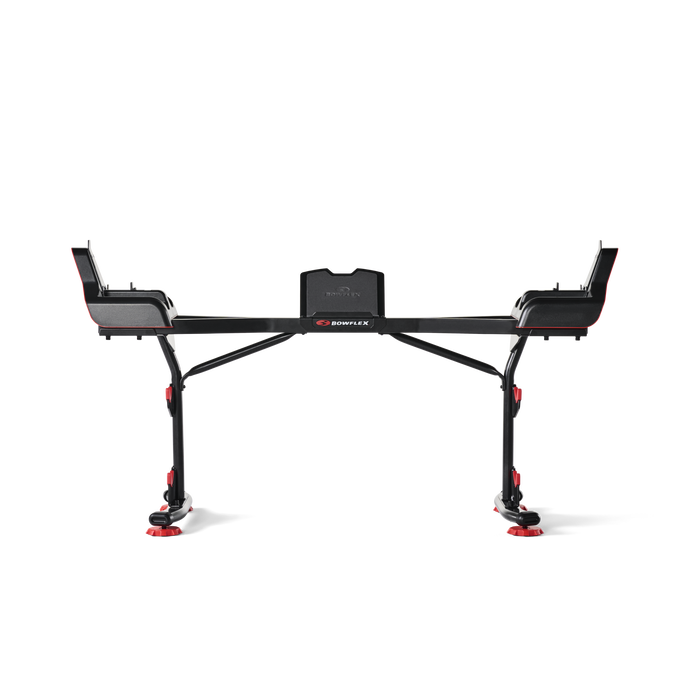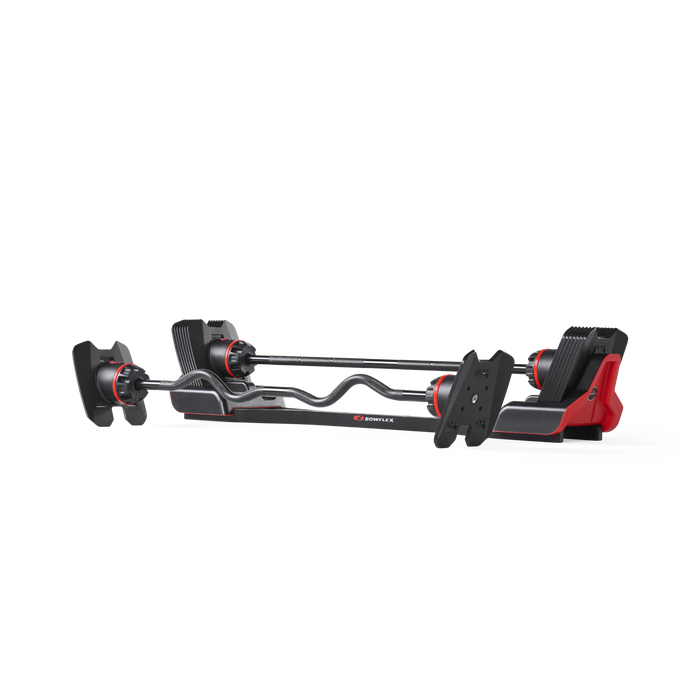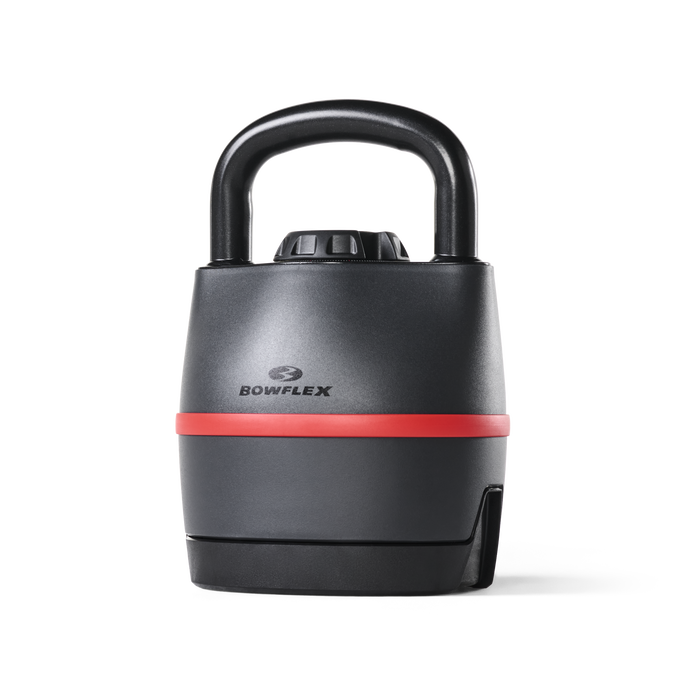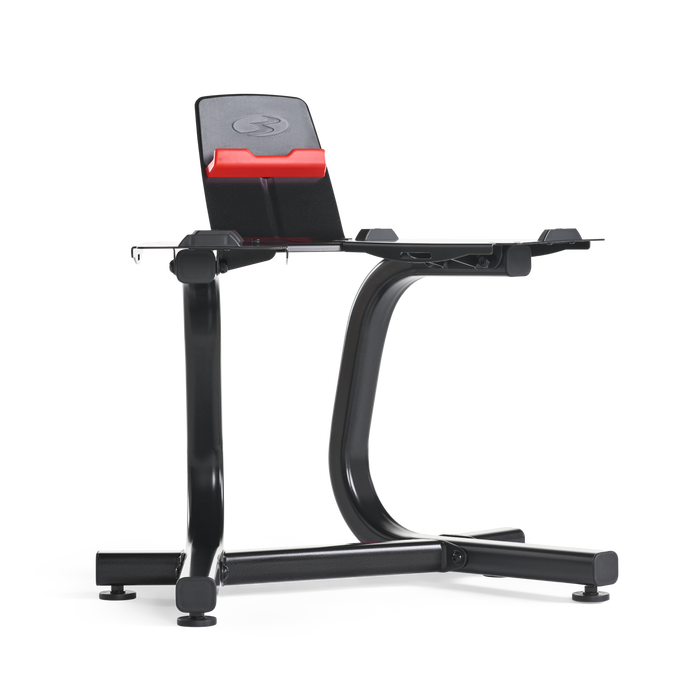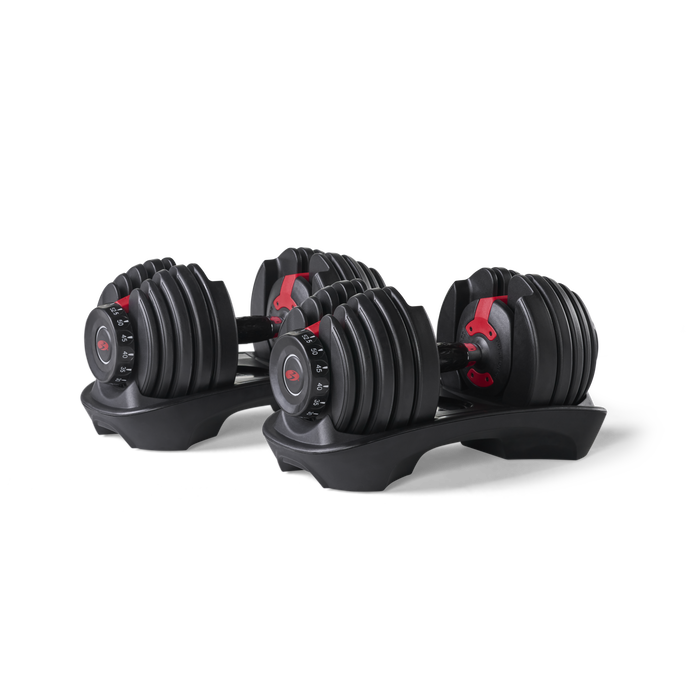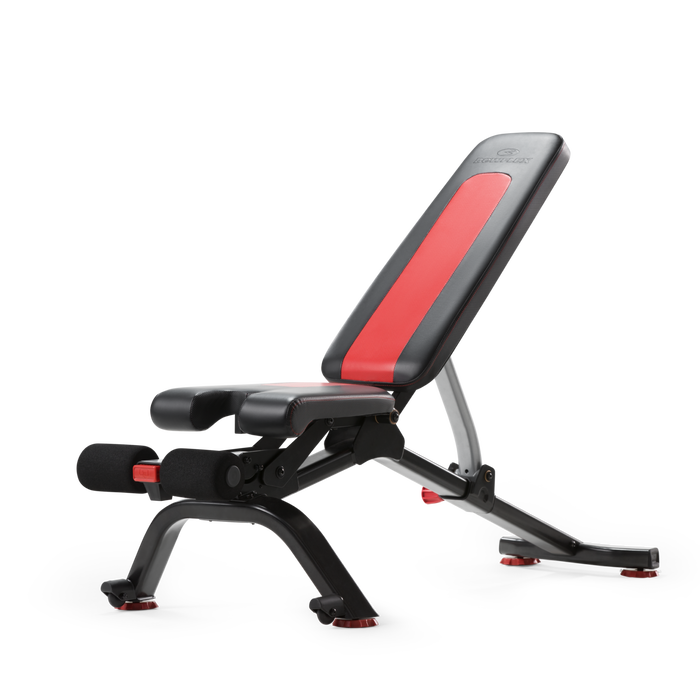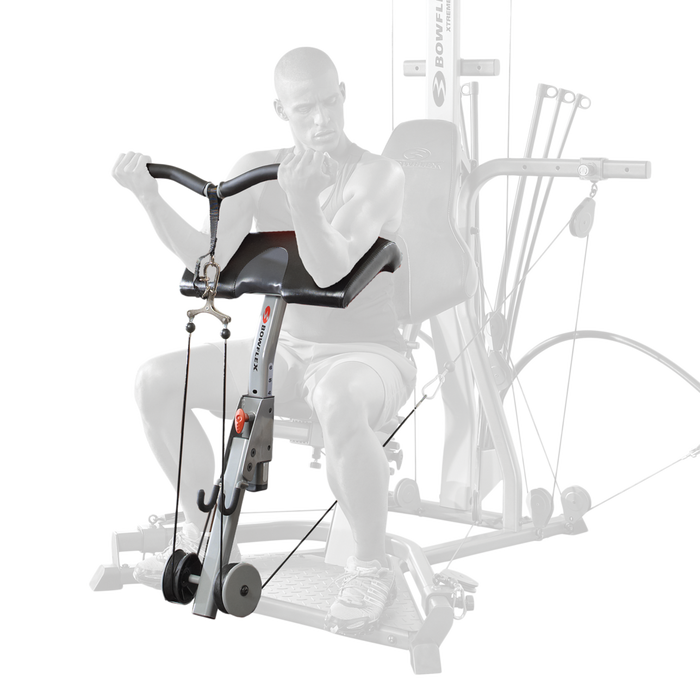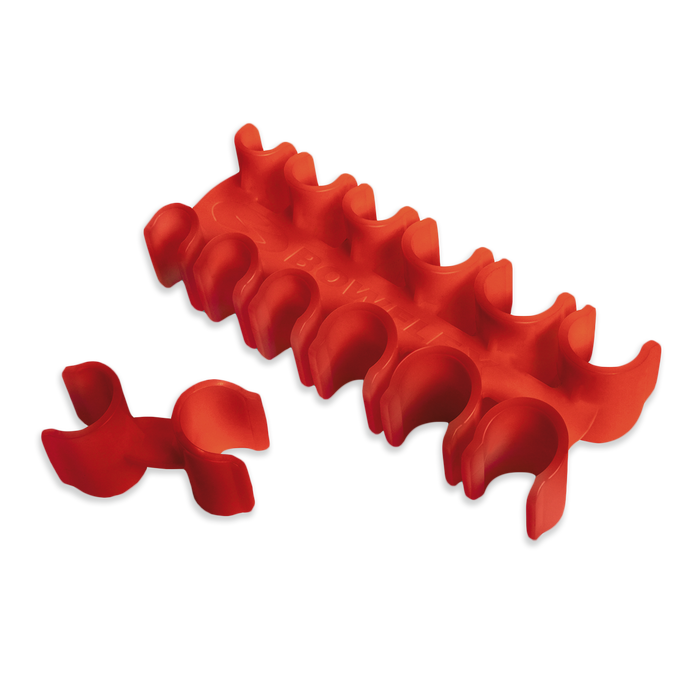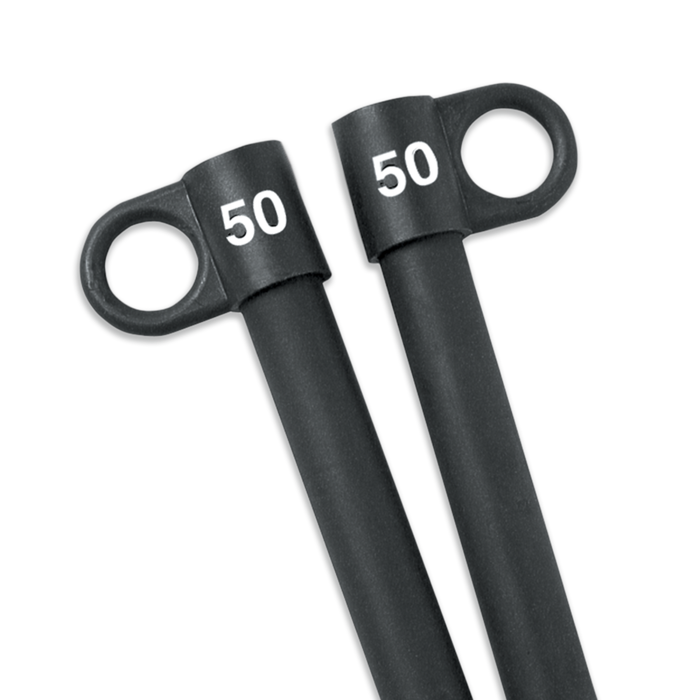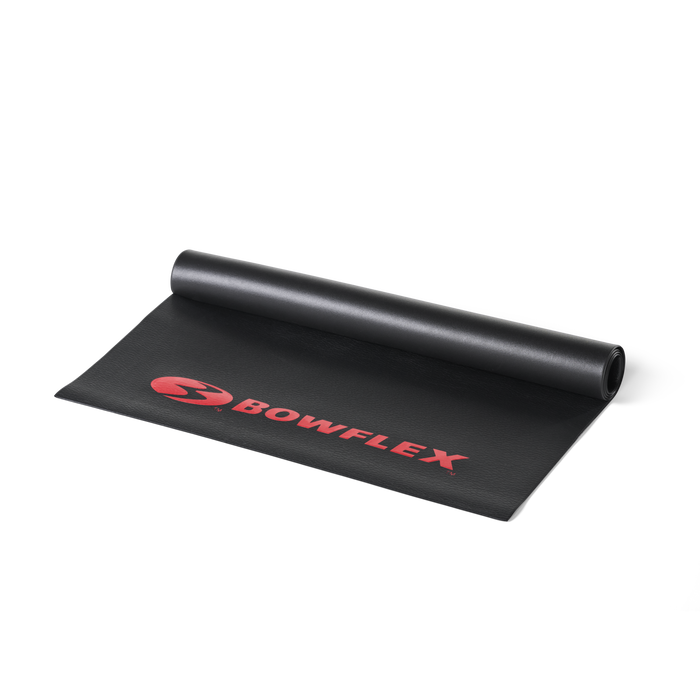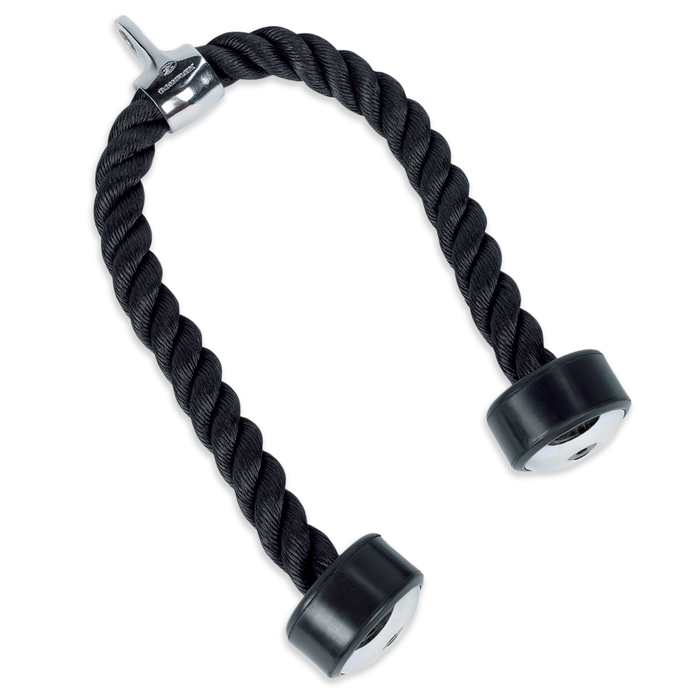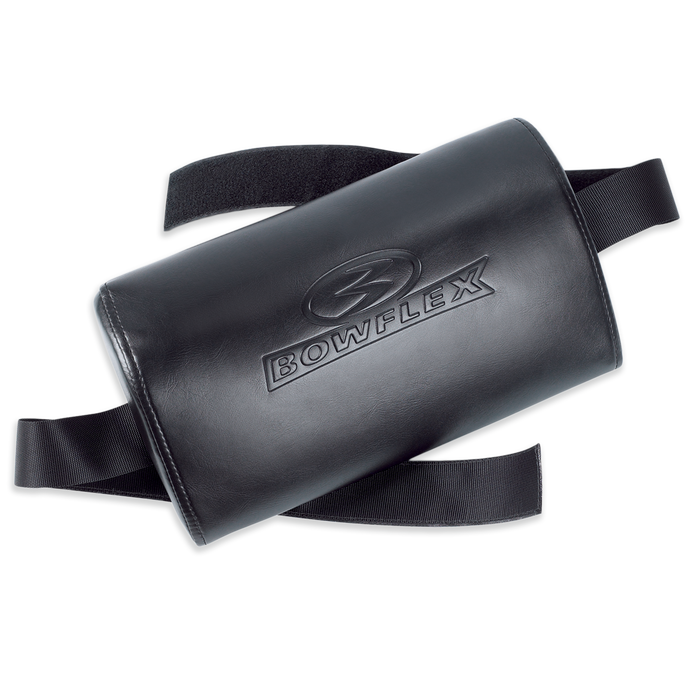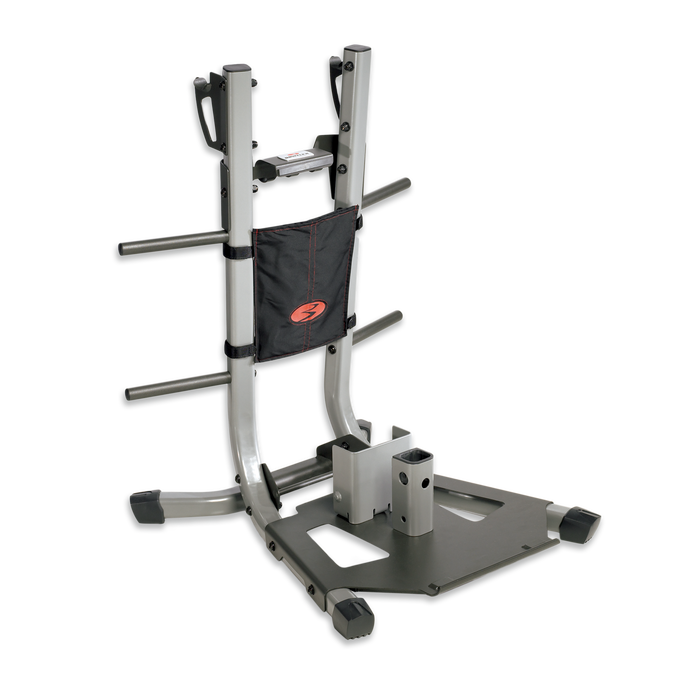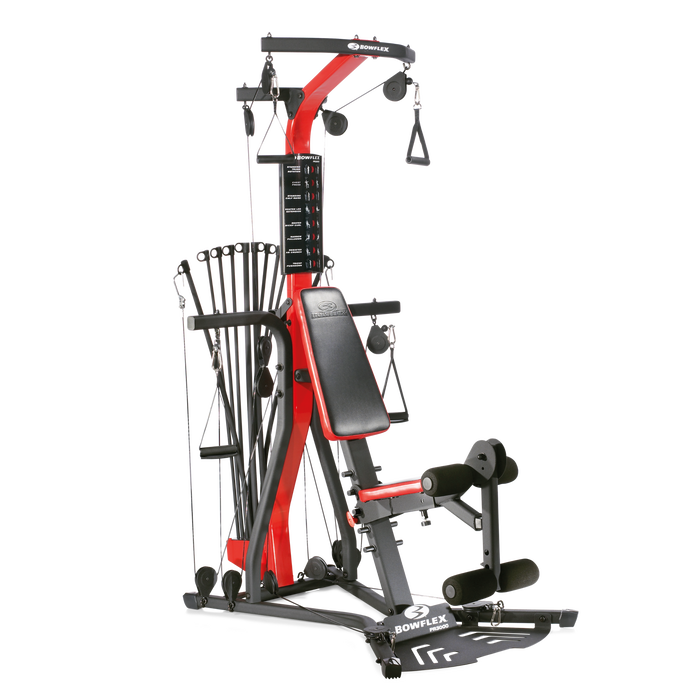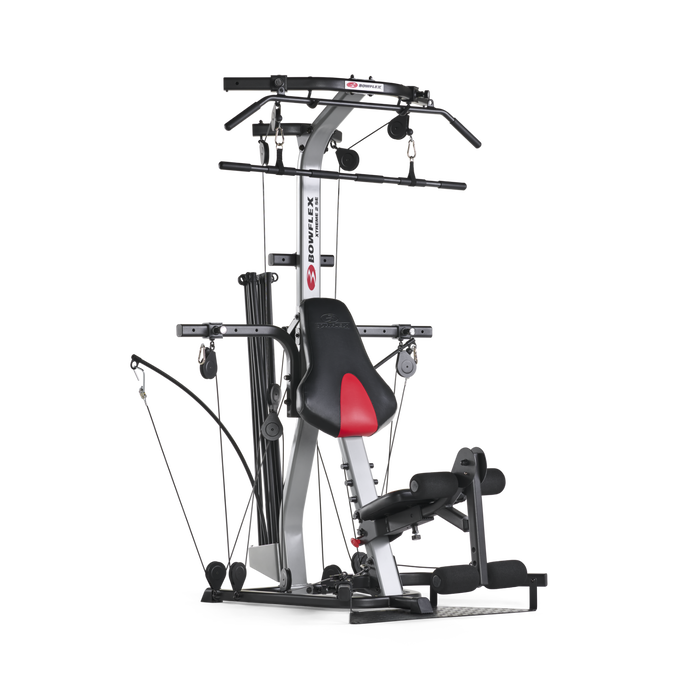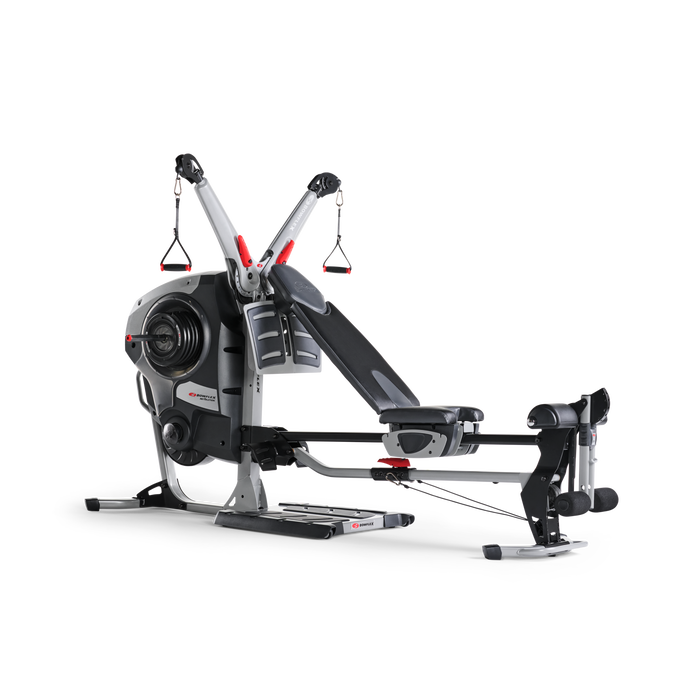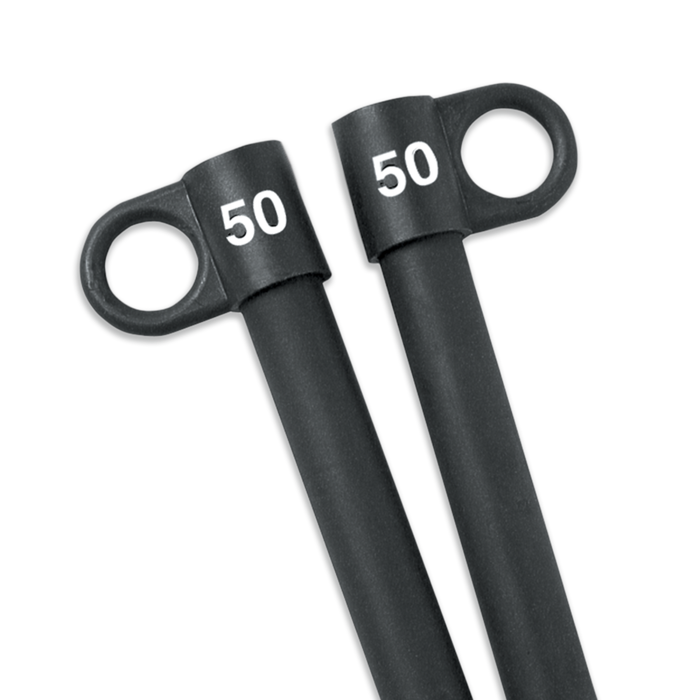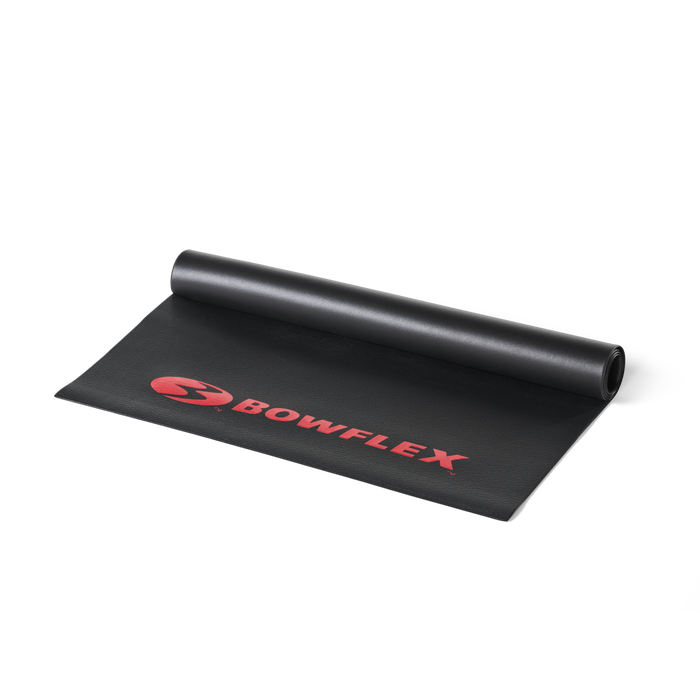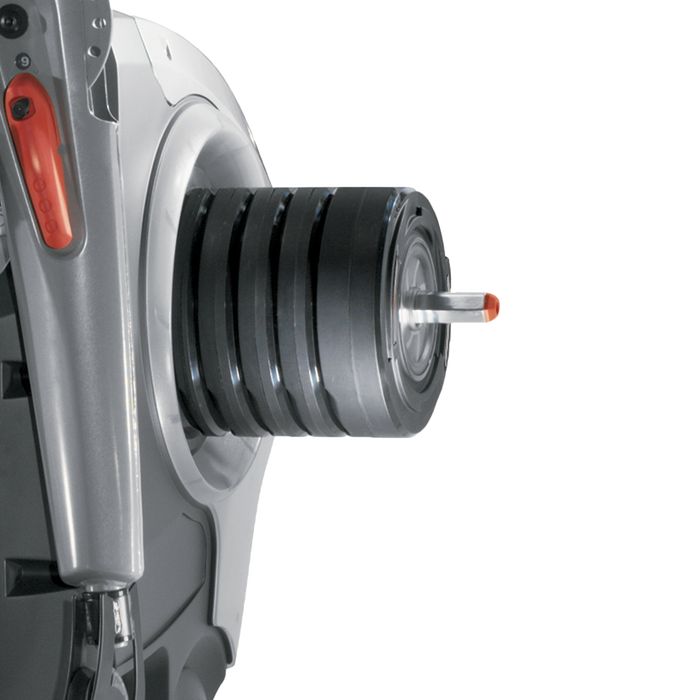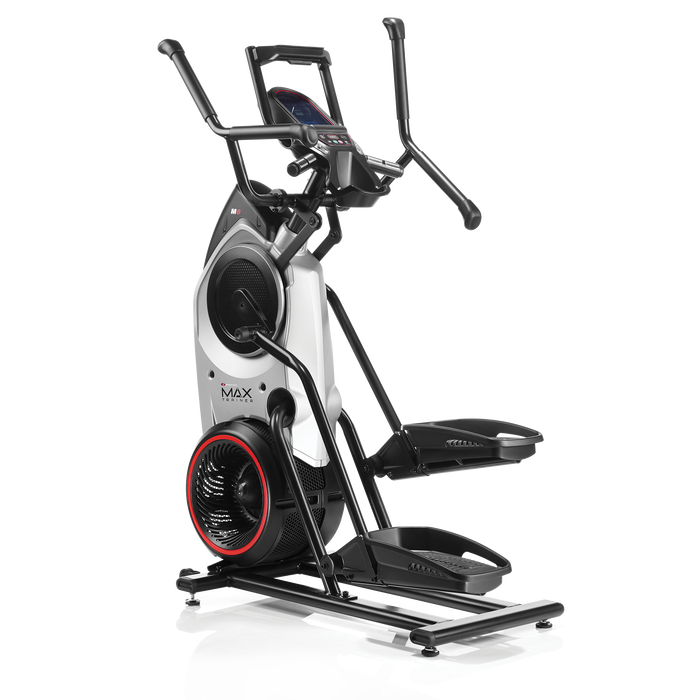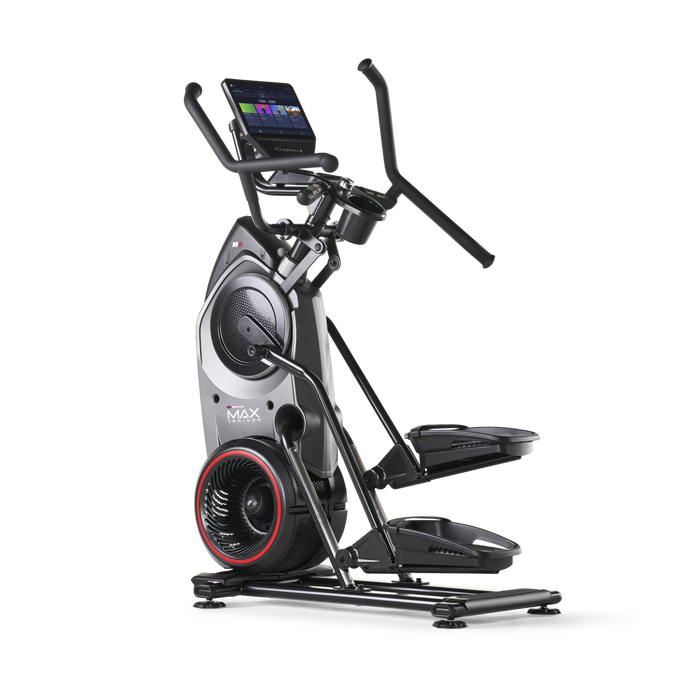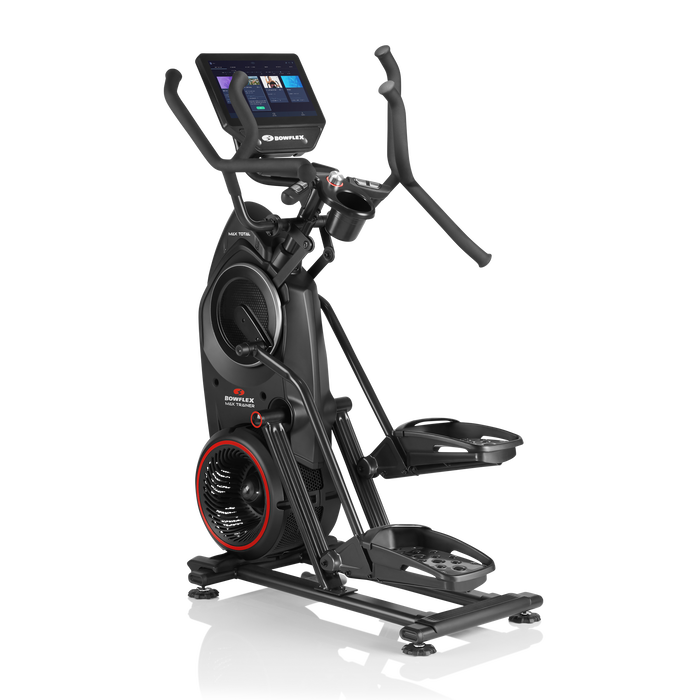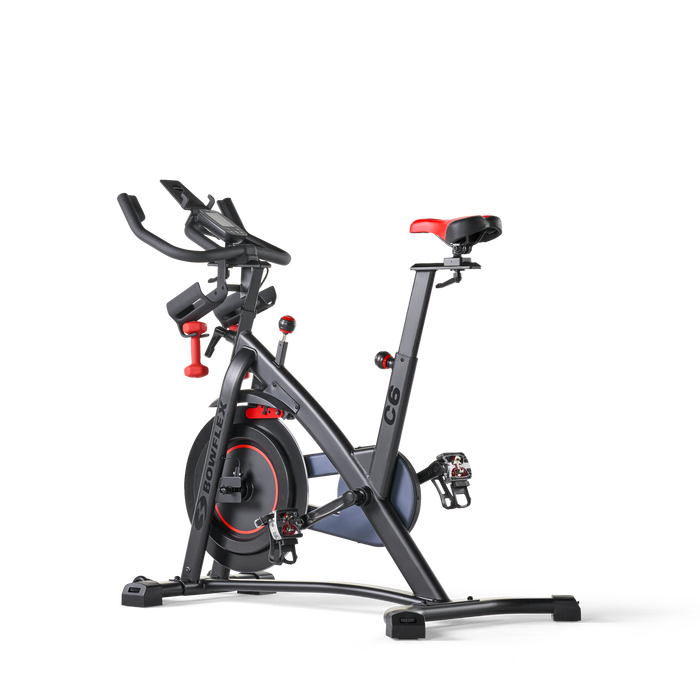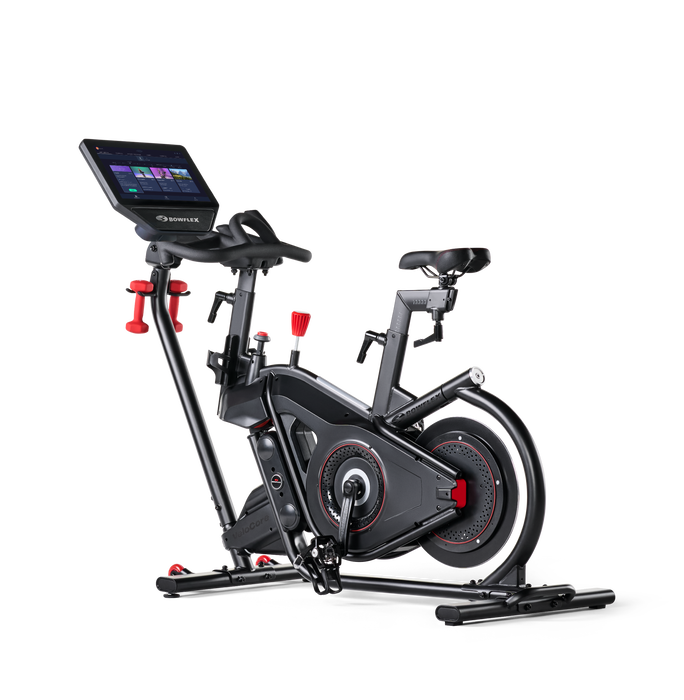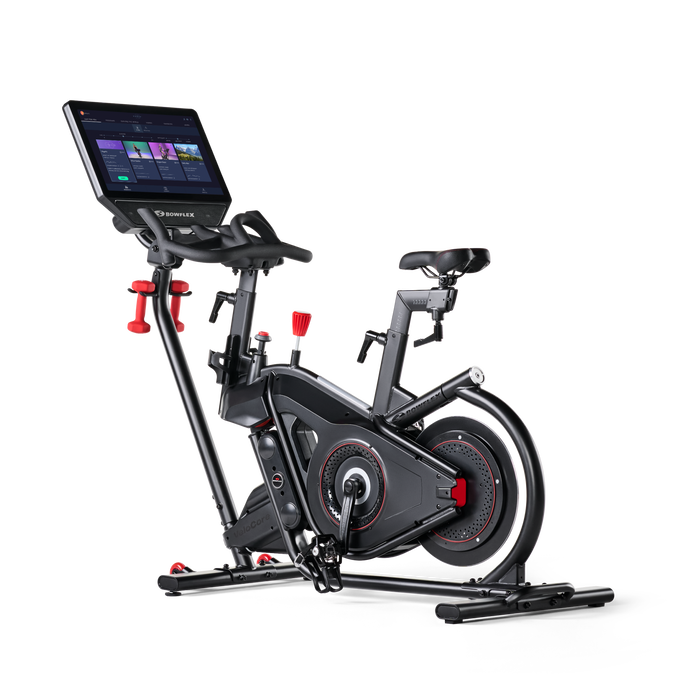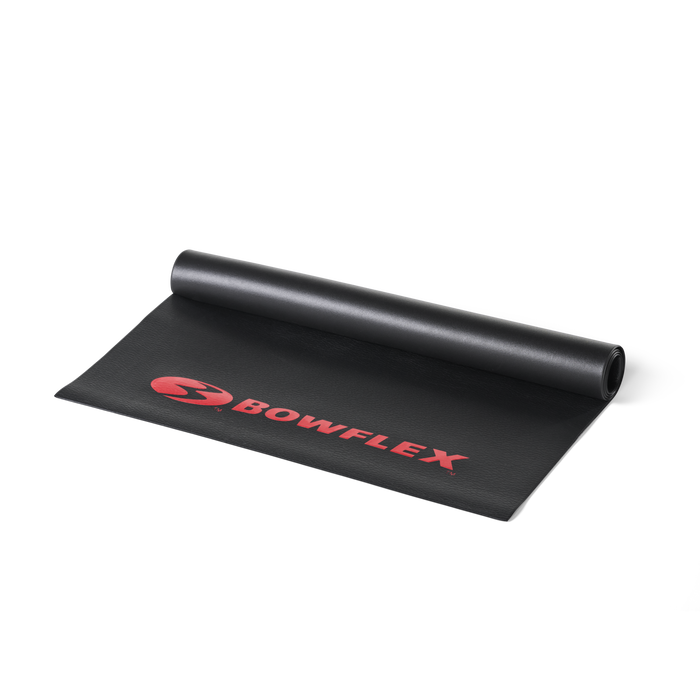Fitness in Your 50s, 60s, and Beyond

I remember, as a kid, thinking that someone 50 years old was really old, but now that it's just around the corner it feels like I'm still in the prime of my life. A few years ago, Shakira and J. Lo did the halftime show at the Super Bowl. I don't remember who won the game, but I remember how strong and fit they looked. It gave me hope... showed me what was possible.
As we approach middle age and beyond, our bodies change too. Men and women experience hormonal changes, reduced muscle mass, graying hair, more wrinkles...good stuff... But exercise has proven benefits that can help. You might feel like it's too late to get started or will be too difficult if you haven't exercised in a while, but even small lifestyle changes can deliver results.
How to Get Started
First, check with your doctor to see if you are able to exercise and if you will need any modifications. People with arthritis may want to do low-impact workouts to take pressure off joints. People with high blood pressure will usually have to avoid strength training until their levels are in check.
Ease Into Your New Routine
Start by walking just 5-10 minutes daily. When this gets easier, increase the duration to 20 minutes. You should walk at a speed that allows you to hold a conversation without getting winded. Worried about the weather? Try using a treadmill, elliptical or stationary bike. Once you feel confident with your walking routine, think of other cardiovascular movements you enjoy, such as biking, dancing, hiking, or swimming to name a few. It's easier to stick with a new routine if you are excited about doing it. Do these more intensive workouts 3 times per week.
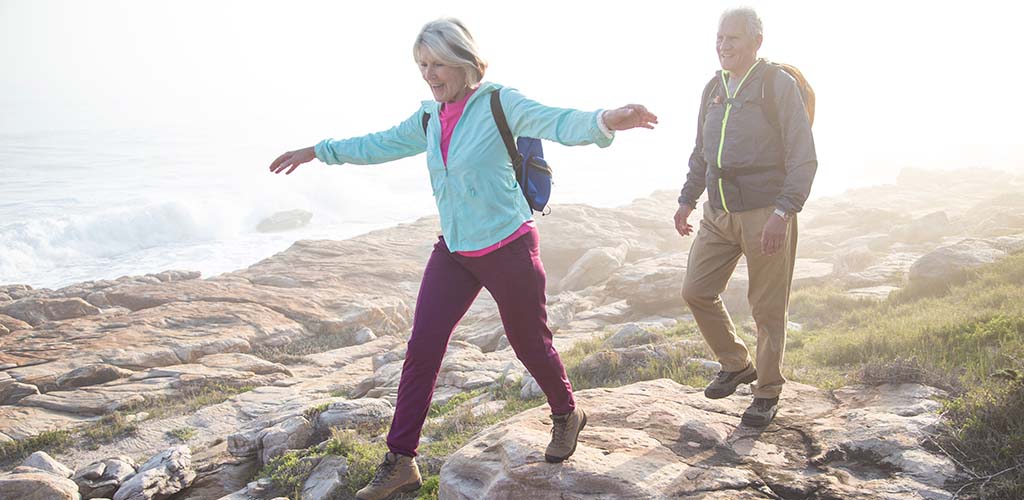
Balance and Stretching
Cardio is great for your heart, lungs, and bones. Balance exercises are important to help prevent falls. Consider hiring a personal trainer to teach you proper form or take a low-impact Pilates class to increase your flexibility through stretching. Stretching improves your posture, allows greater movement in your joints, and can help reduce soreness.
Strength Training
Now it's time to increase your lean muscle mass. A lot of my clients want to start out with the heaviest weights they can hold. Don't do that. It's better to use light weights (or even bodyweight) with proper form than to go too heavy and injure yourself. Just like with the cardio routine, build up to more reps and/or heavier weights over time. Aim to work all muscle groups over the course of a week. For example, try back and arm exercises on Monday, glute and hamstrings on Tuesday, core muscles on Wednesday, chest and triceps on Thursday, legs on Friday. This allows time for your muscles to recover, repair and build back stronger.
It's never too late to start exercising. Whether you take a class, use a home gym, or hike a nature trail, your body will thank you for it.
You may also like:
Starting an Exercise Routine at 50


